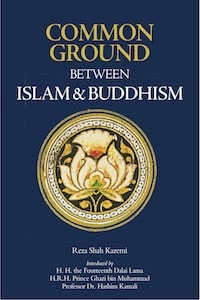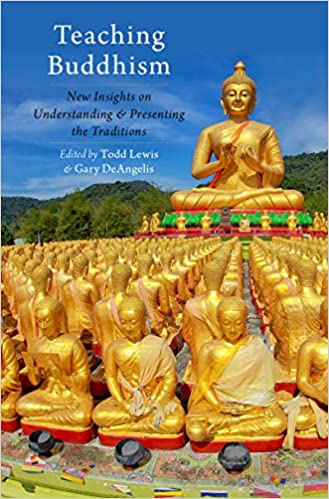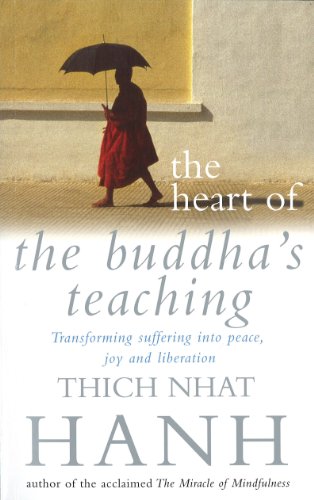Buddhism
I began exploring the teachings of siddharta Gautama when I was 18 years old; these ideals of impermanence, non-attachment, compassion and ethreal balance continue to impact my livelihood. Provided below are free books (click on image to download) to inspire and provide wisdom.
The Truth indeed has never been preached by the Buddha, seeing that one has to
realize it within oneself.”
- Sutralamkara
In his book Hua-yen Buddhism: The Jewel Net of Indra (Pennsylvania State University Press, 1977), Francis Dojun Cook wrote,
“Thus each individual is at once the cause for the whole and is caused by the whole, and what is called existence is a vast body made up of an infinity of individuals all sustaining each other and defining each other. The cosmos is, in short, a self-creating, self-maintaining, and self-defining organism.”
Indra’s Jewel Net, or the Jewel Net of Indra, is a much-loved metaphor of Mahayana Buddhism. It illustrates the interpenetration, inter-causality, and interbeing of all things.
Here is the metaphor: In the realm of the god Indra is a vast net that stretches infinitely in all directions. In each “eye” of the net is a single brilliant, perfect jewel. Each jewel also reflects every other jewel, infinite in number, and each of the reflected images of the jewels bears the image of all the other jewels — infinity to infinity. Whatever affects one jewel effects them all.
The metaphor illustrates the interpenetration of all phenomena. Everything contains everything else. At the same time, each individual thing is not hindered by or confused with all the other individual things.
Provided below are some aspiring lectures, videos and documentaries to help educate oneself about the Buddhist tradition.
For if God’s Face is there, wherever one turns, one is (Qur’an; 2:115),
in principle, contemplating this Face, whatever
be the immediate object of perception. However, in the case of
ordinary objects, the ‘face’ which is ephemeral and illusory, pertaining
to the object as such, casts a veil over the Face of God by means
of which it derives its existence; the face of the relative eclipses the Face of the Absolute.
In the case of Prophets and saints, by contrast,
given their effacement in the Face of the Absolute—their concrete
realization that their own existence is, in Buddhist terms, ‘empty’—
this Face of the Absolute shines through their individuality. Thus,
God is seen or remembered ‘through’ such saintly beings; for to use Buddhist terms again,
it is the Absolute which ‘exalts the holy persons.’
(Islam & Buddhism, p. 71)




